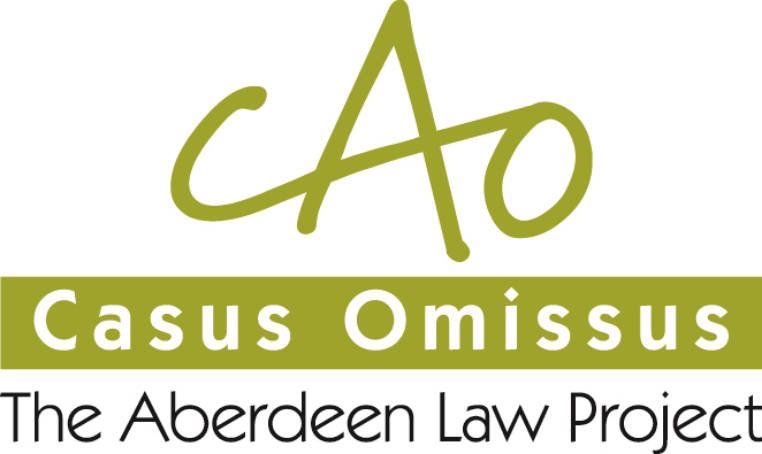Scotland is known worldwide for its rugged coastlines and natural beauty amongst the mountains, but it also possesses a surprisingly high percentage of land being put to use as agricultural holdings. 73% of the total land in Scotland is utilised for either crops, grass, rough grazing’s, or woodlands. Given the nature of the Scottish landscape, over half of this is used for rough grazing, only a quarter of which is taken up by grass. A mere 10% is used for arable farming. Although this is a small percentage, Aberdeen and the surrounding areas are particularly well known for their farming backgrounds. Notably, Aberdeenshire has the highest percentage of grass and crop use in the whole of Scotland. However, in recent years the issue of funding Scottish agriculture has made headlines after Britain confirmed its exit from the European Union. This post will discuss what we know so far.
EU subsidies received by Scottish farmers help greatly to support them. They also go some way to support small rural businesses and encourage the maintenance of sustainable rural communities. Turning our focus to farmers in particular, these subsidies are fundamental in ensuring that enough food is produced for both domestic consumption and exports abroad.
However, due to the high percentage of land in Scotland comprising of our stereotypical rugged landscape, The Scottish Government has branded large areas of land as being “less favourable” and thus, the subsidiary payments within these areas are of particular importance. They remain essential in order to encourage the continuation of hill farming and to ensure that land abandonment is kept to a minimum.
Common Agricultural Payments (CAP) are made from the EU to the Scottish Government. These payments come under two tiers, firstly there are direct payments which are given to farmers for working the land. This amounts to 90% of the payments being distributed. Secondly, farmers can apply for additional payments. Typically, these are granted for carrying out additional activities on their land which are often related to the preservation of the environment. These payments account for the remaining 10% of the allocated funds – this is known as the Scottish Rural Development Programme. Total funding through tier 1 and 2 payments would amount to £4.6 Billion between 2014 and 2020. However, after Britain has departed from the EU, this vital funding will no longer be received.
Like most other issues on the Brexit agenda, the road ahead remains uncertain. It is not yet known whether powers over agriculture will remain with Westminster or be devolved to Holyrood. An alternative could be that responsibility is shared between the Governments. Notably, there are conflicting views here in the respect that English ministers favour a Tier 2 approach with payments being made in return for specific activities, whereas Scottish ministers are in favour of a Tier 1 approach, where direct payments are made for utilising the land.
It has been recognised leaving the EU may lighten the burden on Scottish Farmers to comply with strict EU Regulations- this could benefit our small agricultural industry enormously. However, there could also be severe implications. No longer being part of the EU may result in farmers paying tariffs in order for their products to reach the market where the demand is highest. It has also been reported that the Scottish fruit and vegetable farms rely heavily on migrant workers coming to the country during the harvesting season. Without these
workers, the industry could suffer if alternative methods of labour are not sourced. It remains uncertain whether or not these workers will be allowed to continue in the agricultural trade here in Britain.
We have spent some time considering the possible implications of Brexit on our farming communities. Living in Scotland, a country with vast areas of farmland, our aim was to provide readers with an insight into some of the main problems facing the industry which must be solved throughout the Brexit negotiations.
By Kirsten Alexander and Lauren Fraser

